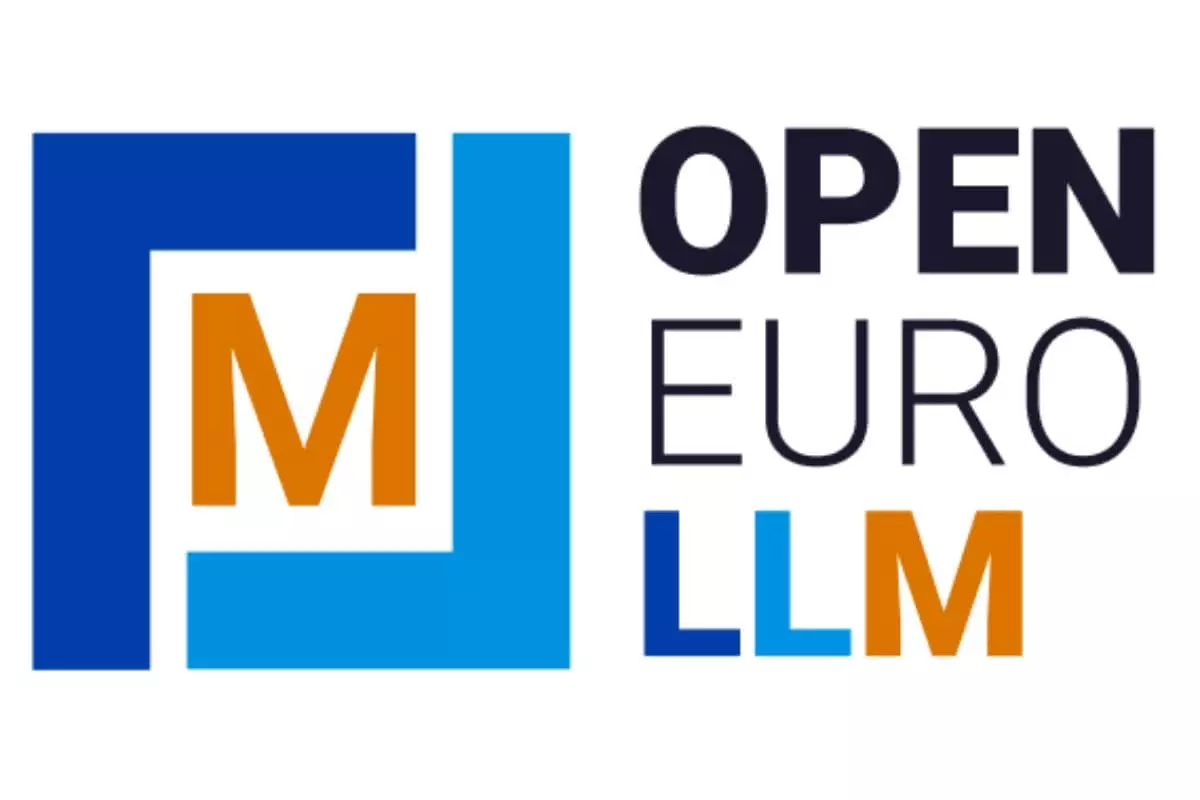In a significant move towards fostering innovation in artificial intelligence, the European Commission has unveiled the OpenEuroLLM Project. This initiative, characterized by its commitment to open-source development, aims to create multilingual large language models (LLMs) that cater to the diverse linguistic landscape of the European Union. Backed by the Strategic Technologies for Europe Platform (STEP) Seal, the project not only reinforces the EU’s technological ambitions but also emphasizes the importance of transparency and compliance in AI development.
OpenEuroLLM is designed to serve as a cornerstone for high-performance AI technology in Europe, with aspirations to unite various languages within the EU framework. The project’s foundation rests on collaboration among 20 esteemed research institutions and technology companies, managed by an experienced leadership team that includes Jan Hajič from Charles University and Peter Sarlin of AMD Silo AI. This consortium will work towards producing a lineup of LLMs that are not only efficient but also align with the EU’s regulatory standards.
The initiative is noteworthy for its adherence to the Digital Europe Programme, which aims to ensure technology meets specific quality benchmarks. The STEP Seal further amplifies this commitment, offering selected projects enhanced visibility and support to attract prospective investors. This focus on quality may fundamentally shift how AI models are perceived and implemented across different sectors in Europe.
The OpenEuroLLM Project promises to prioritize transparency in its development process. From data acquisition to model training, all phases will be disclosed to the public. Once the AI models are finalized, the accompanying documentation, training code, and performance evaluation metrics will be made openly available. This level of transparency is vital as it allows developers and organizations to modify, tune, and adapt the models according to their unique requirements in both commercial and public domains.
By democratizing access to these sophisticated LLMs, the project aims to empower European companies to enhance their competitive advantage on a global scale. The anticipatory focus on accessibility ensures that not just large corporations, but also smaller enterprises and public organizations can leverage these technologies to improve their services.
The potential impact of the OpenEuroLLM initiative on the European AI ecosystem cannot be overstated. Through this project, the EU is establishing a framework that encourages innovation while maintaining a structured regulatory environment. As AI technologies become more integral to various sectors, the ability to produce compliant and high-quality models will be crucial for Europe to establish itself as a leader in the global AI landscape.
Moreover, with the ongoing financial backing from the European Commission, the OpenEuroLLM Project is likely to attract additional investors. This influx of resources and interest can propel advancements in AI, contributing significantly to fields such as healthcare, education, and public services.
While specific timelines for model releases and application focuses remain uncharted, the OpenEuroLLM Project represents an important stride toward building a robust, multilingual AI toolkit in Europe. Its commitment to open-source principles coupled with regulatory adherence sets a precedent for future initiatives, promising a future where AI technologies are both innovative and accessible across the continent.



Leave a Reply